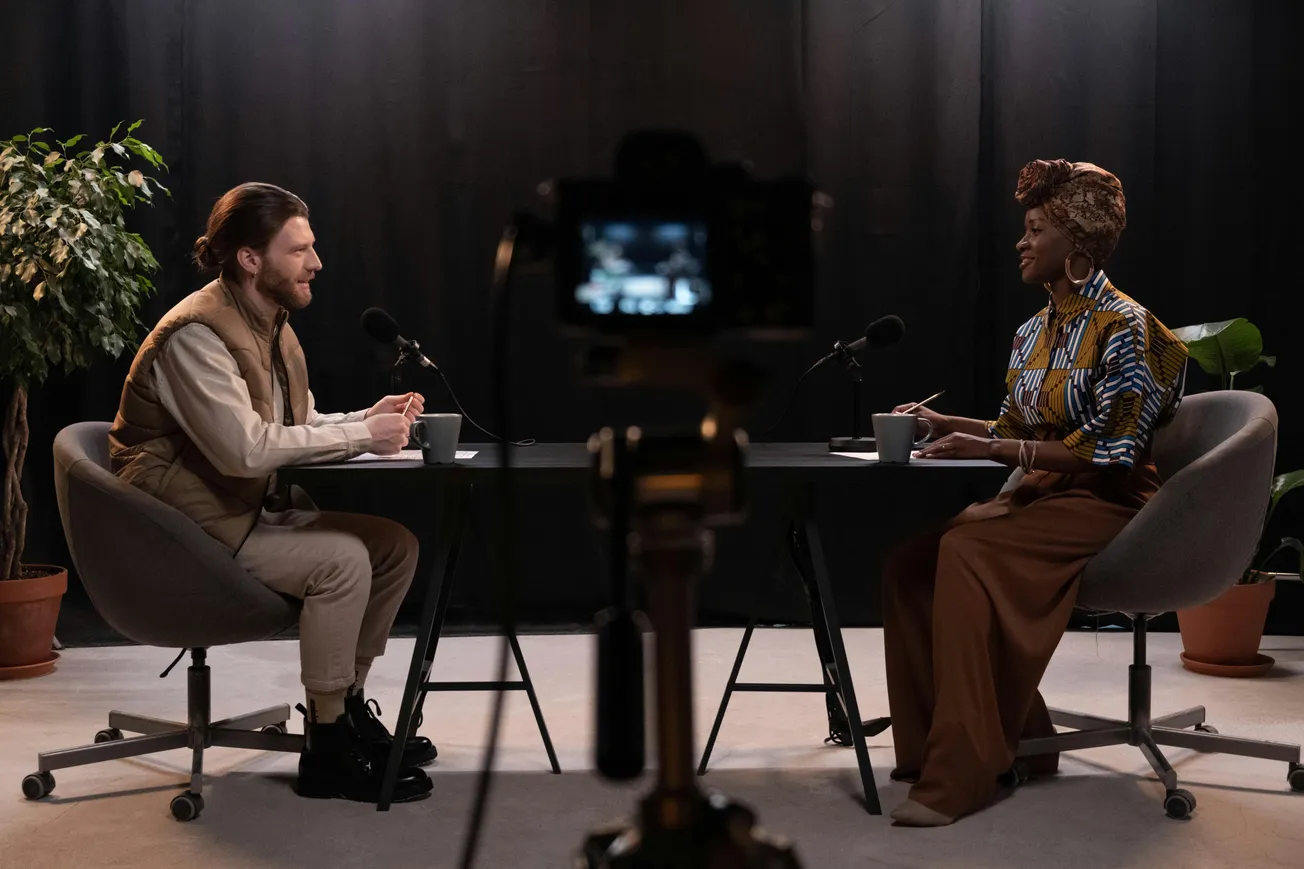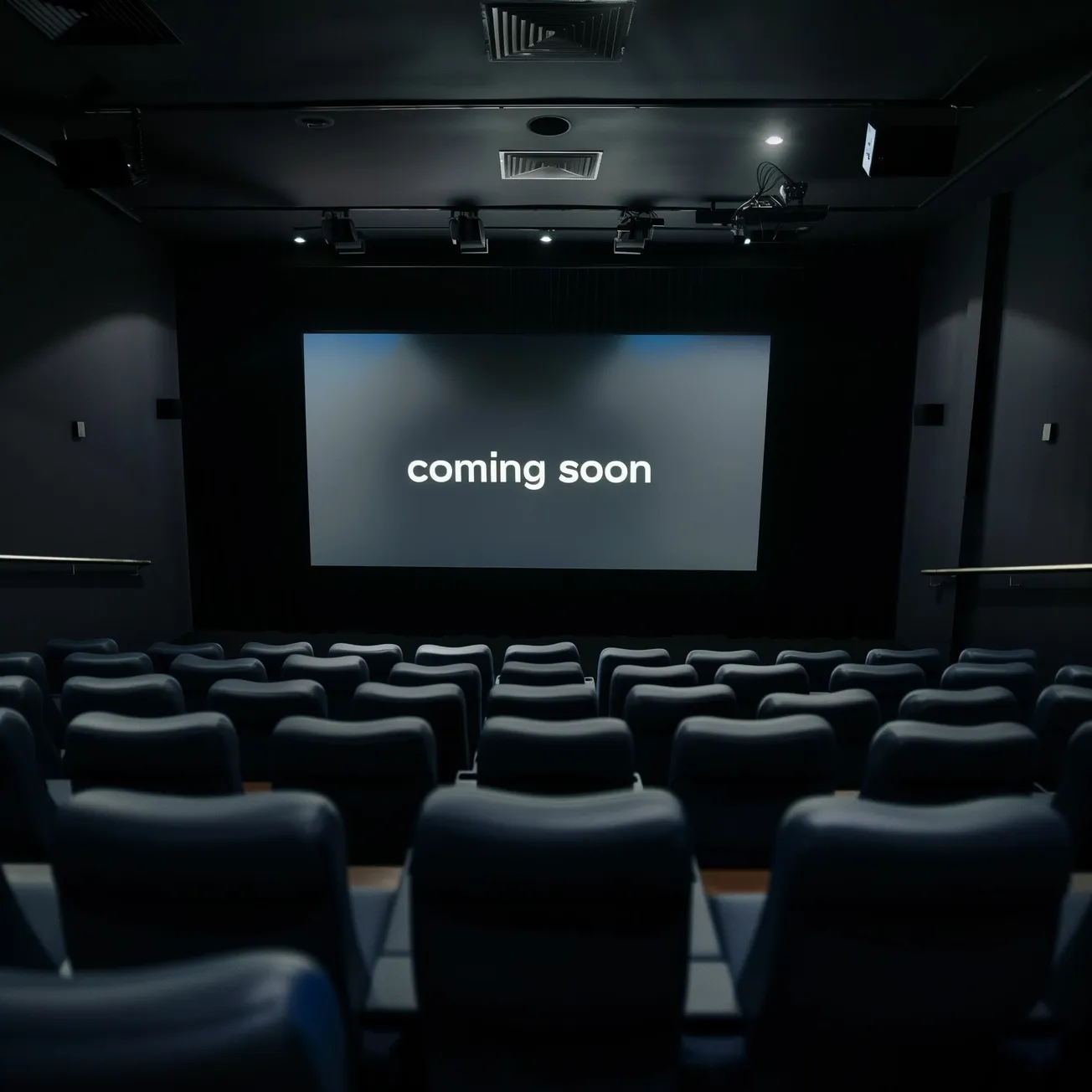Over 4 million podcasts exist globally today, according to Podcast Index. A captivating intro – or hook – is crucial to grab your audience's attention and stand out from the competition.
According to Riverside, podcasts lose 20 to 30 percent of listeners in the first five minutes. If you don't create a strong podcast hook, your listeners may switch to another podcast before fully engaging with your content.
A well-crafted podcast intro helps you increase listener retention, attract loyal subscribers, and boost podcast engagement. To help you get started, we have compiled a list of best practices and common mistakes when creating a powerful podcast introduction.
The 3 Do’s for a Compelling Podcast Hook
1. Start with a Strong, Clear Hook
A memorable podcast tagline makes it easier for listeners to recall your show. A clear and engaging introduction should immediately convey what the episode is about and why it is worth listening to.
A great way to hook your audience is to start with a teaser clip or a provocative question that highlights the most intriguing part of the episode. Your goal is to make listeners curious enough to stay engaged.
2. Show Immediate Value
An effective podcast introduction helps listeners quickly determine if the episode is right for them. Your intro should include:
- A brief introduction of the podcast and host
- Any featured guests (if applicable)
- A summary of the episode’s topic and why it matters
- A reason why you are qualified to discuss the subject
By setting clear expectations, you help listeners feel confident that your content is relevant and valuable. This builds trust, increases podcast credibility, and encourages listeners to subscribe and share.
Providing consistent value in every episode ensures that your podcast audience sees you as a reliable source of information. When listeners know they can expect high-quality content, they are more likely to become regular listeners and recommend your podcast to others.
3. Use Engaging Delivery & Energy
Your tone of voice, pacing, and energy levels significantly impact audience engagement. A dynamic podcast delivery makes the content more relatable and entertaining.
To make your podcast engaging:
- Use a natural, enthusiastic tone that reflects your passion for the topic.
- Avoid sounding robotic or scripted—speak conversationally.
- Keep a steady, well-paced rhythm to maintain attention.
Your authenticity and enthusiasm make your content more compelling. Listeners are more likely to stay tuned in when they feel a genuine connection with the host.
The 1 Don’t: Don’t Ramble or Overload with Info
A concise podcast intro keeps the listener engaged without overwhelming them with unnecessary information. Avoid long backstories or irrelevant details at the start of your podcast.
Instead, focus on teasing the key points and building anticipation for the episode. This helps to hook your audience without losing their attention.
Example of a Bad Intro:
"Hey everyone, welcome back to the show. So today, we’re gonna talk about making better pasta at home. I was actually thinking about this the other day when I was making spaghetti for dinner, and, you know, I just kind of threw everything together like I always do. And then I was wondering, is there a better way to do this? Anyway, I looked into it, and I found some interesting stuff, so yeah, let’s get into it."
Example of a Good Intro:
"What if I told you that you’ve been cooking pasta wrong your entire life? Well, there’s one simple trick that can take your pasta from good to restaurant-quality, and most home cooks completely overlook it. Today, I’ll break down three easy ways to elevate your pasta game—plus one common mistake that’s ruining your dish. Let’s dive in!"
Mastering your podcast's first 30 seconds is critical to hooking your audience and ensuring they stay engaged. Keep your intros clear, engaging, and valuable, while avoiding common mistakes that drive listeners away.
By implementing these podcast hook strategies, you’ll enhance listener retention, boost podcast growth, and build a loyal podcast community. Time to apply these techniques and make every second of your podcast intro count.








